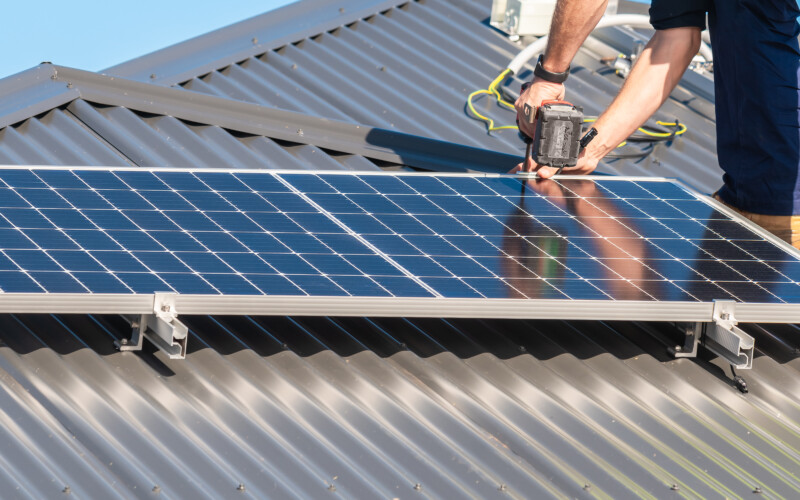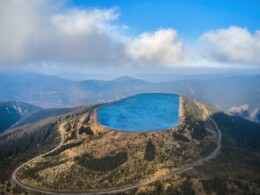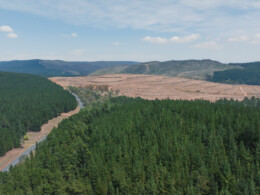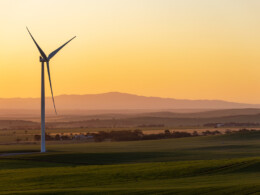As we look ahead to the future of energy in the Central West, it’s crucial to start with the basics: how much power does the average Australian home use, and how does that compare to the electricity being generated across the country?
On average, an Australian household consumes between 15 to 20 kilowatt-hours (kWh) of electricity each day. This figure varies depending on several factors, such as the size of the home, the number of occupants, and the local climate. Homes with energy-intensive appliances like air conditioners or electric heating systems tend to use more, while homes equipped with energy-efficient devices or solar panels may consume less.
Australia’s electricity grid is powered by a mix of energy sources, although coal continues to be the largest contributor. At present, coal-fired power stations generate about 60% of the country’s electricity. However, the energy mix is steadily evolving, with natural gas accounting for roughly 20% of the supply and renewable energy sources, such as solar, wind, and hydro, providing around 30%. This renewable portion is growing each year, as technologies improve and investments in cleaner energy increase.
Renewables accounted for almost 40% of the total electricity delivered through the NEM in 2023, momentarily reaching up to a 72.1% share on 24 October 2023
The NEM must almost triple its capacity to supply energy by 2050 to replace retiring coal capacity and to meet increased electricity consumption as other sectors decarbonise through electrification.
The transition away from coal means focusing on the potential of renewable energy sources like wind, solar, and hydro, as well as modern storage solutions. Wind farms, for instance, are playing a larger role in Australia’s energy landscape, especially in states like South Australia, Victoria, and New South Wales. These large-scale projects can generate significant amounts of electricity without producing harmful carbon emissions, and their presence is becoming more widespread. In addition to wind, solar farms are another key element in the renewable mix. In regions with ample sunlight, like western New South Wales, solar farms can produce vast amounts of clean energy. Together with residential rooftop solar, this technology has the potential to greatly reduce reliance on traditional coal-fired power stations.
Another critical component of a renewable energy future is storage. Since renewable sources like solar and wind are dependent on weather conditions, energy storage becomes essential. One method gaining traction is pumped hydro storage, which works by pumping water uphill during periods of low energy demand and releasing it to generate power when it’s needed most. This process essentially “stores” renewable energy for times when the sun isn’t shining or the wind isn’t blowing. Alongside pumped hydro, grid-scale batteries are becoming increasingly important. These massive batteries, like the world-renowned Tesla battery installed in South Australia, store excess energy from renewable sources and release it to stabilise the grid when needed, ensuring a steady and reliable power supply.
Locally there are a number of storage projects currently in early stages of development, as well as some that are more advanced. The Shell Energy battery at Greenspot, the proposed battery at Mt Piper and the potential pumped Hydro storage facility making use of Lake Lyell. The Mt Piper BESS proposes to utilise nearby, existing electricity infrastructure to develop a grid-scale battery with the capacity to dispatch up to 500 MW of power to the electricity network over a duration of up to four hours.
“The Lake Lyell Pumped Hydro Project was recently recognised by the New South Wales government for its crucial contribution to the state’s development and ongoing energy security. The pumped hydro project, with a proposed capacity of 335 megawatts for up to eight hours, will provide essential energy storage for New South Wales, helping keep the lights on as we transition to renewables to reduce carbon emissions,” said EnergyAustralia’s Lake Lyell Pumped Hydro Project Director, Mike de Vink, said,
The close proximity of grid connections in these locations means that there is far less infrastructure to develop, making these sites attractive for further investment and reuse. Lithgow’s history as an energy production city puts it in the box seat for becoming the leader in renewable deployment in the coming years.
While renewable energy is leading the charge in Australia’s energy transition, nuclear power remains a topic of discussion. Although Australia does not currently have nuclear power plants, there is growing interest in newer nuclear technologies, particularly small modular reactors (SMRs). These reactors are smaller, more flexible, and safer than traditional nuclear plants. They can be deployed more quickly and offer a low-carbon energy source that could complement renewables, providing a consistent supply of electricity even when renewable sources are intermittent.
There are examples from around the world and even within Australia that demonstrate the success of transitioning to renewable energy. South Australia, for instance, has become a global leader in this space, with over 60% of its electricity now coming from wind and solar. The state’s investment in large-scale battery projects, including the world’s largest lithium-ion battery, has been instrumental in stabilising its grid and preventing blackouts. Internationally, Germany’s “Energiewende” (energy transition) provides valuable insights as the country phases out coal and shifts to wind and solar. California, in the United States, has also made significant progress by investing heavily in solar farms, battery storage, and modernising its energy grid.
This is just the beginning of our exploration into what a transition away from coal-fired power in Central West could look like. In future articles, we will dive deeper into each of these energy sources, explore their potential for creating local jobs, and examine how they can help build a more sustainable and resilient energy grid.










